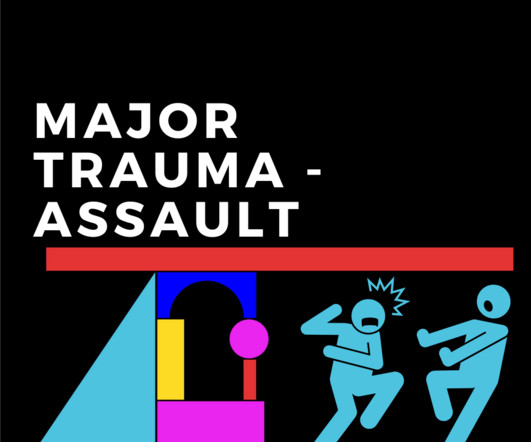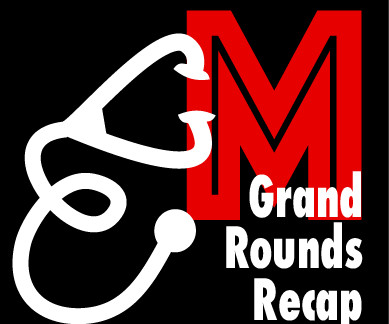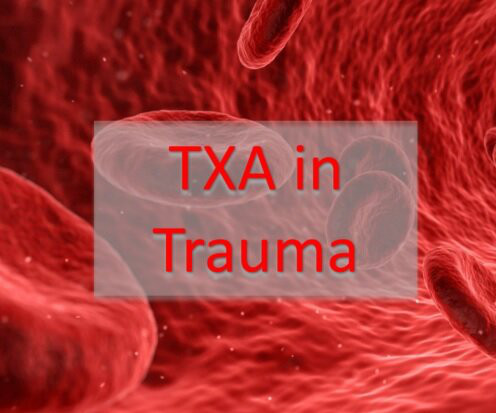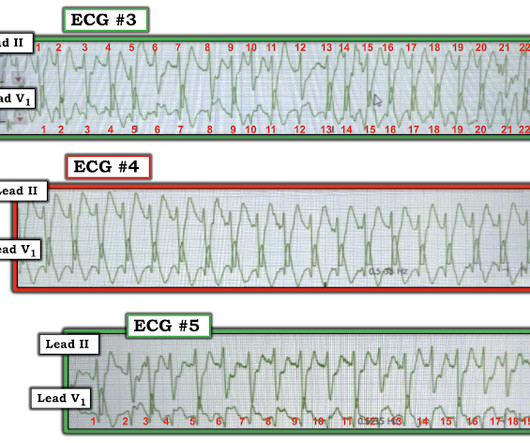Grand Rounds Recap 5.22.24
Taming the SRU
JUNE 3, 2024
Susan Wilcox Increasing regionalization due to: Growth of specialty centers Increasing development of healthcare systems Hub-and-spoke models Development of ECMO, trauma, transplant, and stroke centers The higher the acuity of the centers, the higher the acuity of the patient that needs to get there.

























Let's personalize your content